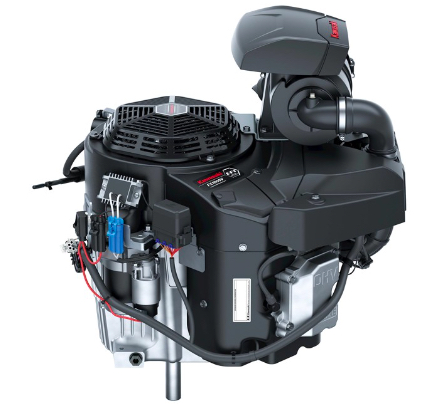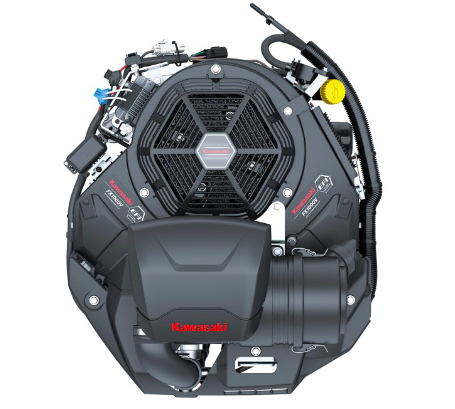
Kawasaki Fx1000v Efi Problems: A Comprehensive Guide
The Kawasaki Fx1000v Efi, renowned for its agile performance and seamless rides, has challenges. While many riders have praised its efficiency, some have encountered issues with the EFI or Electronic Fuel Injection system. In this detailed article, we dive deep into Kawasaki Fx1000v Efi problems and offer guidance on troubleshooting them.
Decoding EFI in Kawasaki Fx1000v

Before delving into the problems, it’s essential to understand what EFI is. Electronic Fuel Injection, abbreviated as EFI, is a mechanism that relies on electronic sensors and actuators to regulate fuel delivery to the engine. While this system offers higher reliability and efficiency than carburetors, it’s full of complications.
Kawasaki Fx1000v Efi Challenges: A Closer Look

Various EFI issues plague the Kawasaki Fx1000v. Let’s explore them:
1. Fuel Pump Complications
Tasked with ensuring a steady fuel supply from the tank to the engine, any malfunction in the fuel pump can result in rough engine performance or even stalling. Diagnosing this issue usually involves inspecting the fuel pressure. A decreased fuel pressure often indicates a compromised pump.
Additionally, it’s prudent to examine the fuel filter for any blockages that might impede fuel flow.
2. Issues with the Throttle Position Sensor
The throttle position sensor, or TPS, informs the EFI system about the throttle’s openness. A malfunctioning TPS can skew the fuel-air mixture, leading the engine to run either too lean or too rich. Employing a diagnostic tool to monitor the TPS signal can be beneficial in spotting any irregularities or anomalies in its functioning.
3. Intake Air Temperature Sensor Difficulties
The intake air temperature sensor, or IAT, provides data on the air’s temperature entering the engine. A faulty IAT can misbalance the fuel-air ratio. Again, using a diagnostic tool to evaluate the IAT signal can pinpoint potential malfunctioning.
4. O2 Sensor Setbacks
The O2 sensor plays a crucial role in gauging the oxygen level in the exhaust gases, assisting the EFI system in adjusting the air-fuel ratio accordingly. If this sensor malfunctions, the engine might not operate optimally. Monitoring the O2 sensor’s signal can indicate whether it’s operating within the desired range.
5. Fuel Injector Discrepancies
Fuel injectors are responsible for fuel delivery. A faulty injector can disrupt the engine’s performance. Measuring the fuel pressure at each injector can determine if any injector is underperforming.
For those grappling with EFI hitches on their Kawasaki Fx1000v, consider these pointers:
- Always consult the owner’s manual for initial troubleshooting advice.
- Leverage a diagnostic tool to expedite and simplify the EFI problem diagnosis.
- If a component is deemed defective, prioritize its replacement.
In Conclusion
While EFI issues can be daunting, with the right approach, they’re surmountable. By adhering to the insights provided, one can efficiently navigate and rectify EFI challenges in their Kawasaki Fx1000v.
Supplementary Insights
For a more in-depth understanding, consider referring to:
- Kawasaki Fx1000v EFI Service Manual
- Online forums and owner groups dedicated to Kawasaki Fx1000v
A Personal Note
As a fellow Kawasaki Fx1000v fan, I’ve grappled with EFI challenges firsthand. The intent behind this guide is to offer a helping hand to others facing similar challenges.
